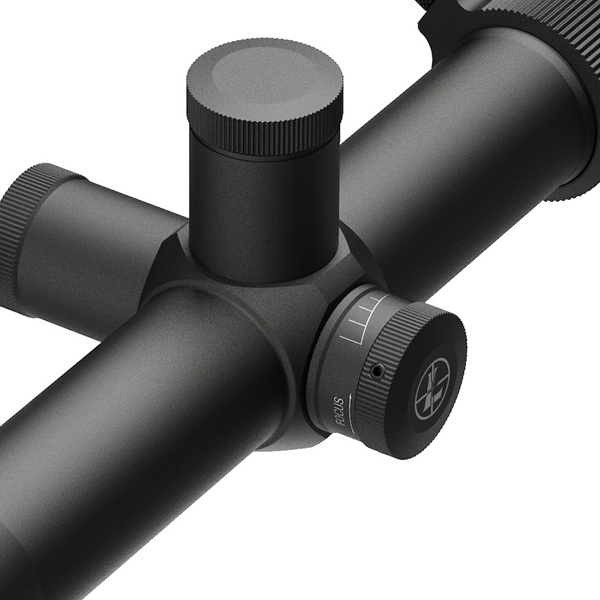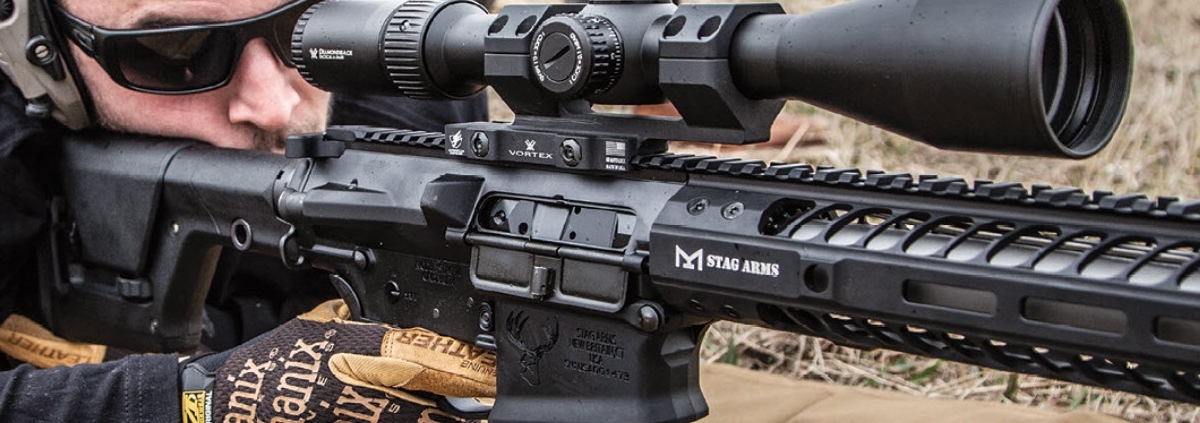Scope Parallax and How to Eliminate it? A Simple Guide for Shooters
When you’re dialing in for accuracy at the range or out in the field chasing your next trophy, every little detail of your rifle setup matters. One concept that often gets overlooked—but can make a huge difference in your accuracy—is parallax. Understanding how scope parallax affects your shooting can refine your precision even further.
If you’ve ever looked through your scope, moved your head back and forth, and noticed the reticle “floating” off the target, you’ve seen parallax in action. Understanding what parallax is, how it affects your shooting, and how to adjust it properly can significantly tighten your groups and boost your confidence behind the rifle.
Let’s break it all down.
What Is Parallax in a Rifle Scope?
In simple terms, parallax is an optical illusion that occurs when the reticle (crosshairs) and the target image are not on the same focal plane inside your scope. When this happens, any small movement of your eye behind the scope can make the reticle appear to shift or move in relation to the target, even though neither the rifle nor the target has moved.
This can lead to inaccurate shot placement—especially at longer distances or with high-magnification optics.
A Real-World Analogy
Imagine you’re looking at your car’s speedometer from the driver’s seat, and then you lean over to the passenger’s side. The needle appears to move even though the car’s speed hasn’t changed. That’s parallax. The same principle applies inside your rifle scope.
Why Parallax Matters for Shooters
Parallax isn’t just a technical term—it directly impacts your accuracy, especially when:
- Shooting at long distances (200+ yards)
- Using high-magnification optics (10x and above)
- Target shooting or precision competition
- Hunting small game or varmints
At close ranges (typically under 100 yards), parallax is less noticeable and often not a significant issue, especially if your scope is factory parallax-fixed at 100 yards. But for long-range precision, correcting parallax is key.
Fixed vs Adjustable Parallax Scopes
Not all rifle scopes offer parallax adjustment. Understanding the difference can help you choose the right optic for your needs.
Fixed Parallax Scopes
These scopes are preset by the manufacturer, often at 100 or 150 yards. That means parallax is minimized at that distance but may become noticeable at others.
Ideal for:
- General-purpose hunting rifle scopes
- Rimfire or AR-style rifles
- Budget-conscious shooters
Adjustable Parallax Scopes
Also known as side focus or adjustable objective (AO) scopes, these let you fine-tune the parallax setting based on your shooting distance.
Ideal for:
- Long-range shooting
- Benchrest and competition use
- Tactical and precision rifles


How to Check for Parallax in Your Scope
Here’s a quick test to determine if your scope has parallax at a given distance:
- Set up a target at your chosen distance (e.g., 100 yards).
- Rest your rifle securely on a bench or shooting bipod—something that holds it steady.
- Look through the scope and place the crosshairs directly on a specific point of the target.
- Without moving the rifle, shift your eye position slightly side to side and up/down.
- If the reticle appears to move off the target, you’re seeing parallax. If it stays put, parallax is corrected.
How to Eliminate Parallax in a Rifle Scope
If your scope has a side focus knob or an adjustable objective ring, here’s how to adjust it:
Step-by-Step Adjustment Guide:
- Start with your estimated range. If your target is at 200 yards, turn the parallax adjustment to the 200-yard mark (if labeled).
- Look through the scope and aim at your target.
- Shift your eye position slightly and observe the reticle movement.
- Fine-tune the parallax dial until the reticle no longer moves relative to the target.
- Confirm by blinking or slightly moving your head—the reticle should stay “glued” to the target.
Pro Tip:
Always make sure the reticle is in sharp focus first, using the eyepiece (ocular focus). Then adjust the parallax. Doing these steps out of order can make it harder to dial in a clear, parallax-free sight picture.
Common Misconceptions About Parallax
Let’s clear up a few things:
1. Parallax Isn’t the Same as Focus
While adjusting parallax can improve image sharpness, it’s not just a focus knob. Its primary job is to align the reticle and target on the same focal plane.
2. Zeroing a Scope Doesn’t Eliminate Parallax
Zeroing in your rifle means the point of aim matches the point of impact—but if parallax isn’t adjusted, you might still see inconsistency in your shots.
3. Parallax Isn’t Just for Long Range
Even at 50 or 100 yards, parallax can affect small targets like bullseyes or varmints. If precision matters, adjusting parallax can help.
When You Can Ignore Parallax
There are times when parallax adjustment might not be critical:
- Short distances (under 100 yards) with fixed-parallax scopes
- Rapid target acquisition situations, like close-quarters hunting or tactical drills
- Lower-magnification scopes (1x to 4x), where parallax is minimal or built-in
If you’re doing fast work on big game at under 150 yards, you can generally focus more on trigger control and shot placement.
Tips for Managing Parallax in the Field
- Know your scope’s parallax setting. If it’s fixed at 100 yards and you’re shooting at 300, expect a bit of movement unless you compensate.
- Use consistent head positioning. Even without adjustment, a solid cheek weld helps reduce eye movement and parallax effects.
- Practice at various distances. Train your eye to notice reticle movement so you can adjust quickly when needed.
- Mark your dial settings. If you shoot at common distances (100, 200, 300 yards), mark your scope’s side focus dial for quicker adjustments.
Final Thoughts: Parallax Might Be Invisible, But It’s Not Irrelevant
If you’re serious about improving your shooting—whether it’s for hunting, tactical use, or competitive precision—understanding and adjusting parallax is a must. It might seem like a small detail, but it can make a big difference in how consistently you hit your target.
So next time you’re at the range or in the field, take a moment to dial it in. That little knob on the side of your scope? It’s more than just a fancy extra—it could be the key to your next bullseye.




Leave a Reply
Want to join the discussion?Feel free to contribute!